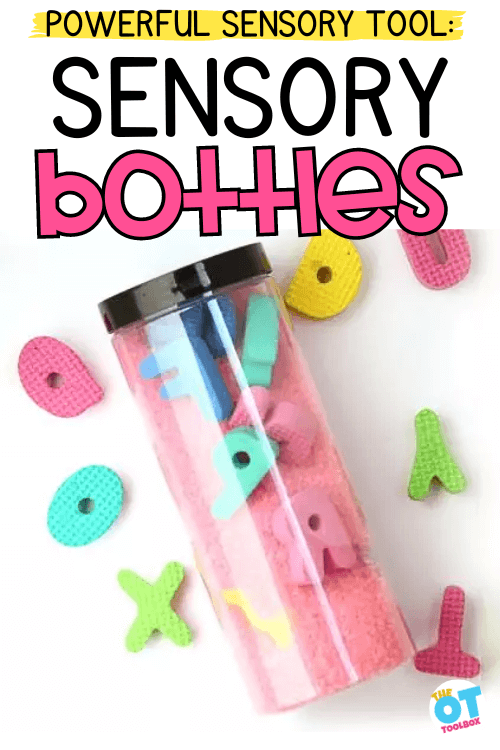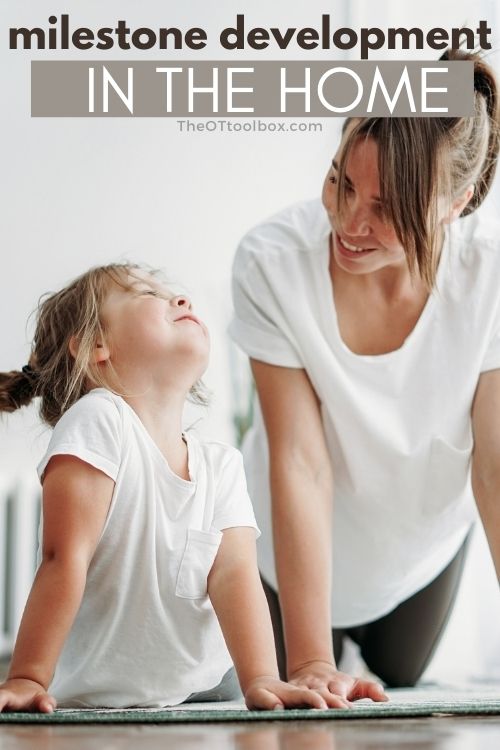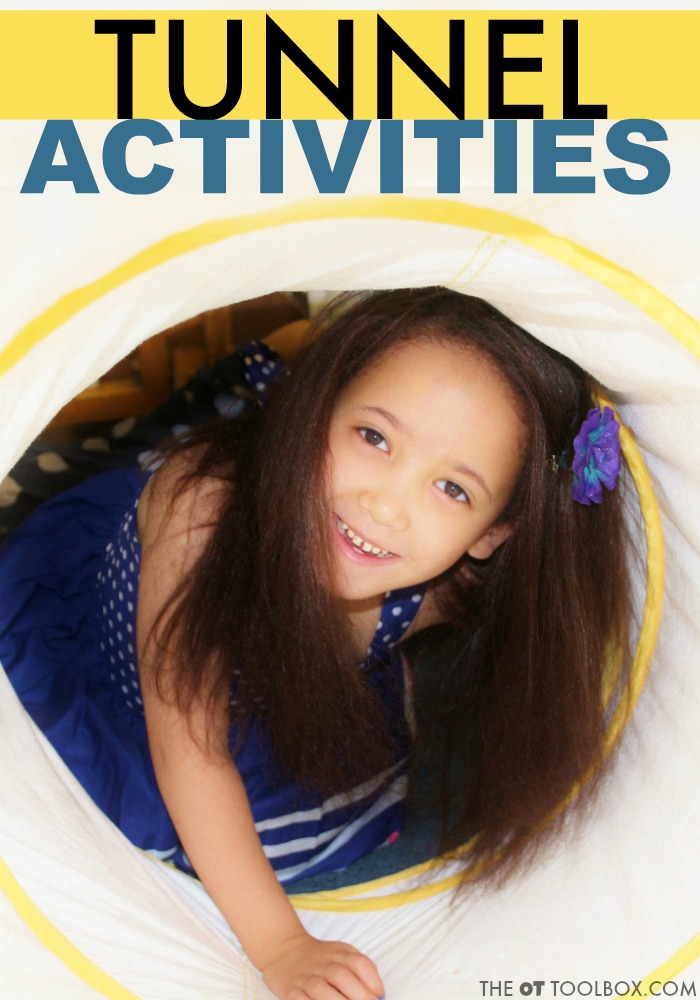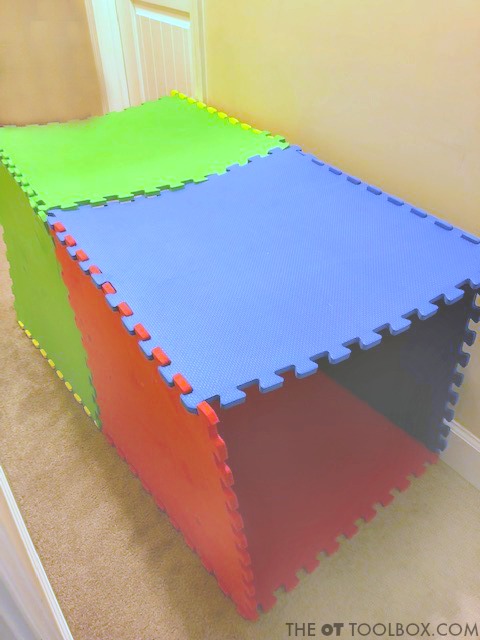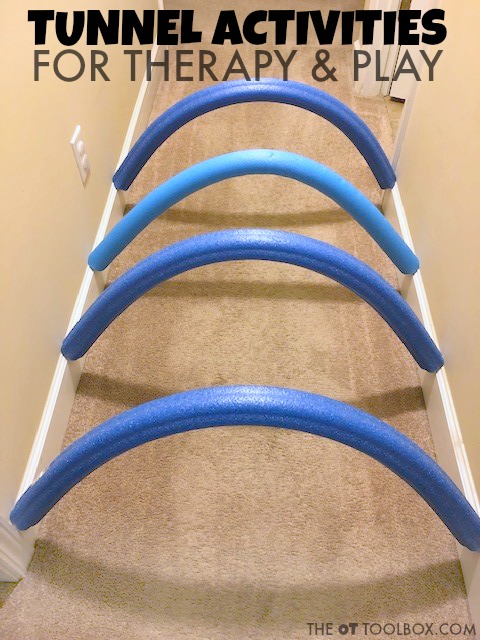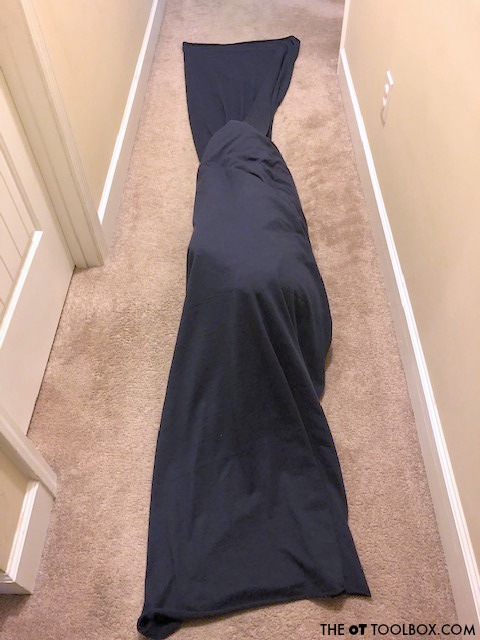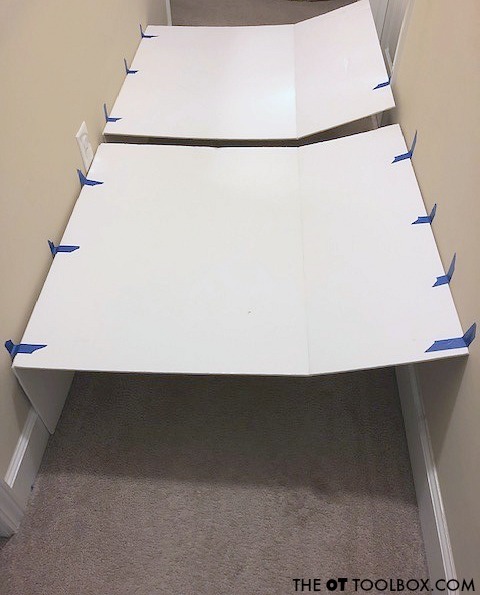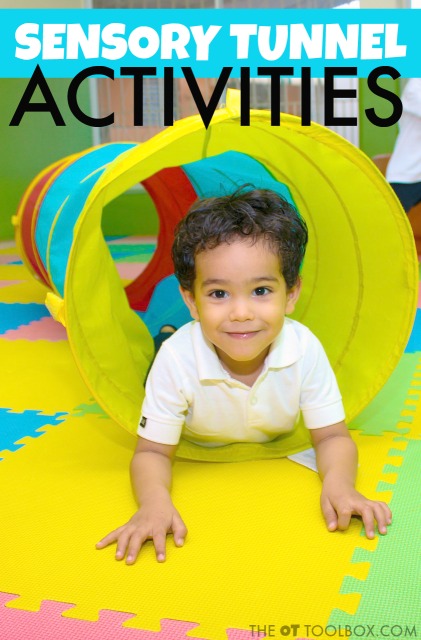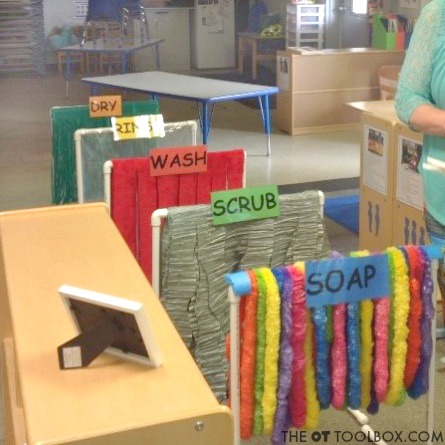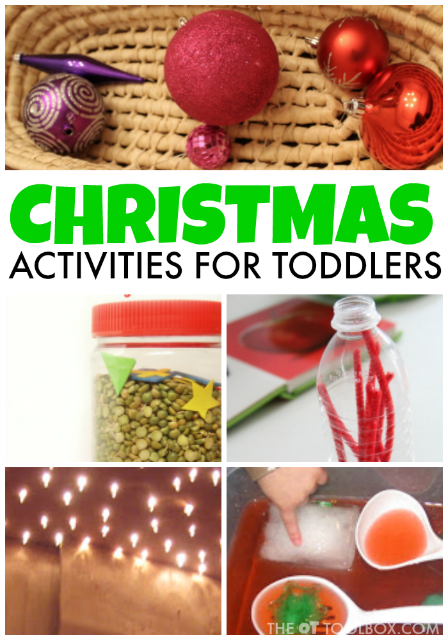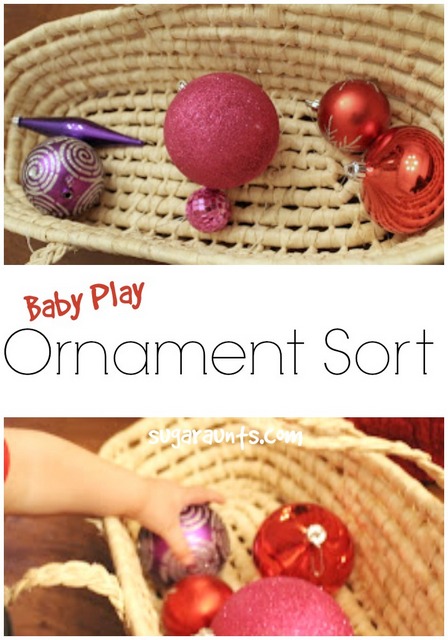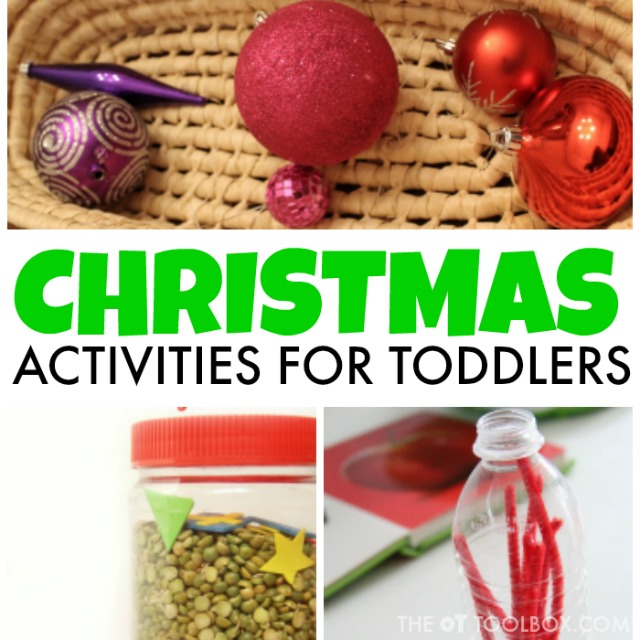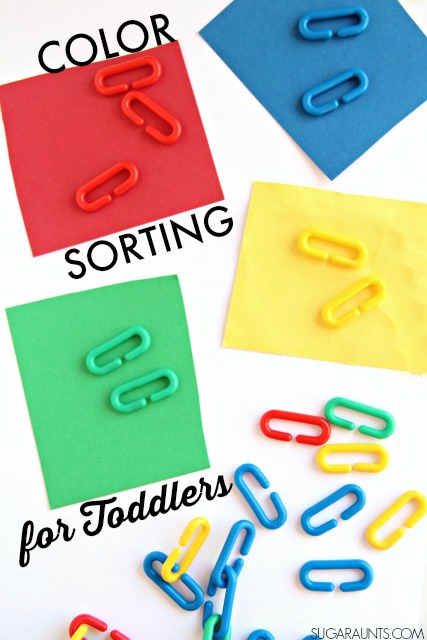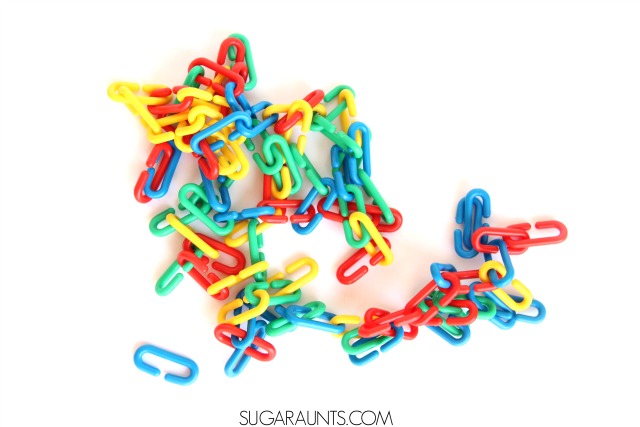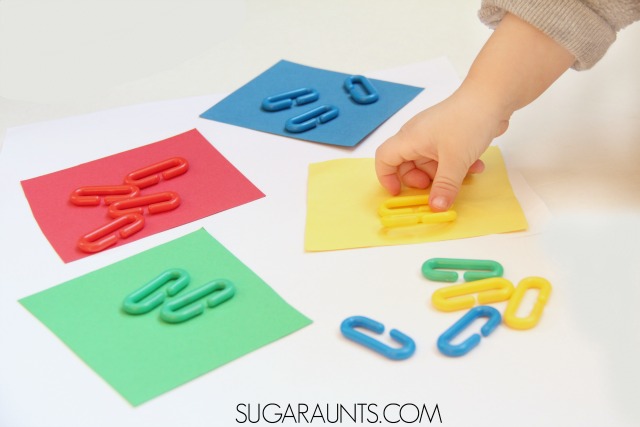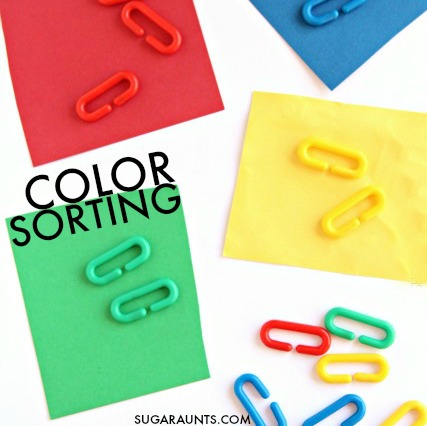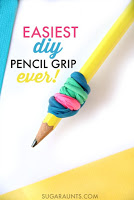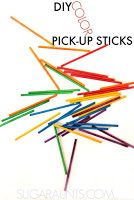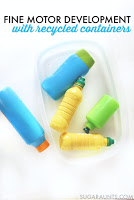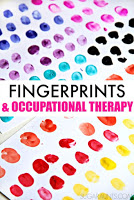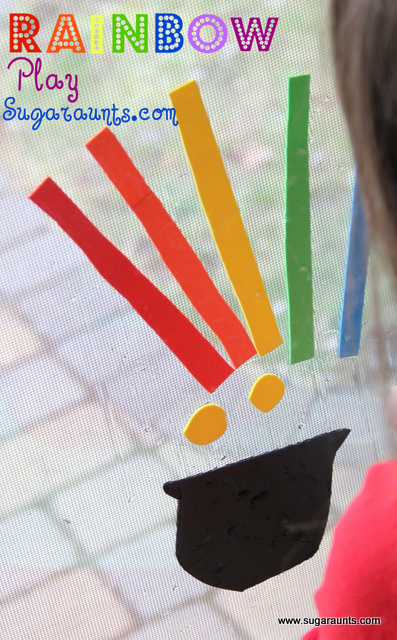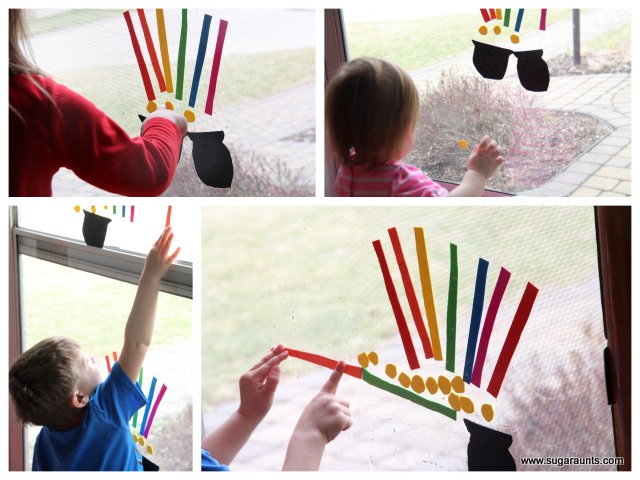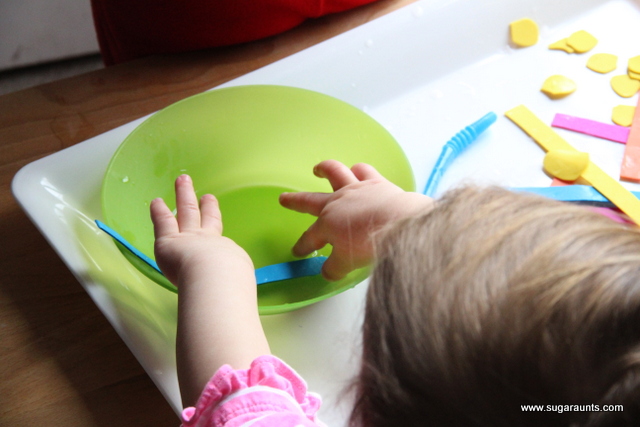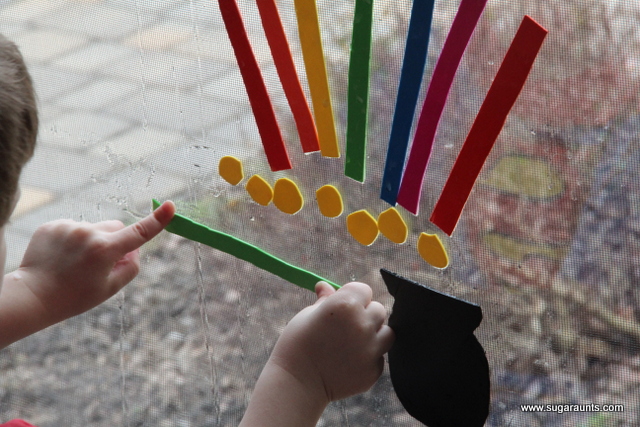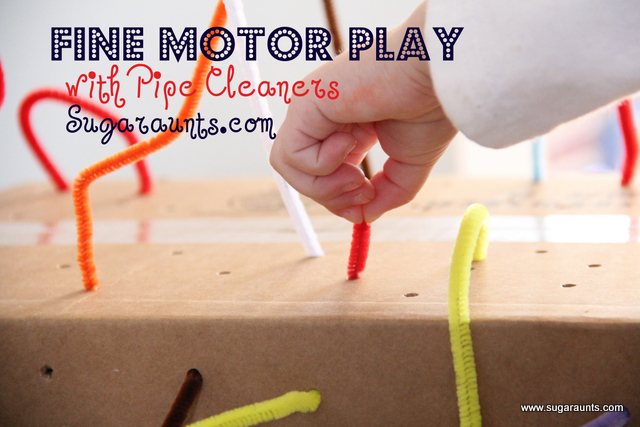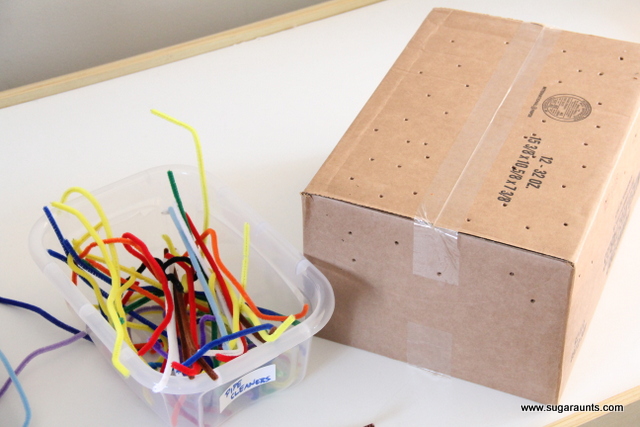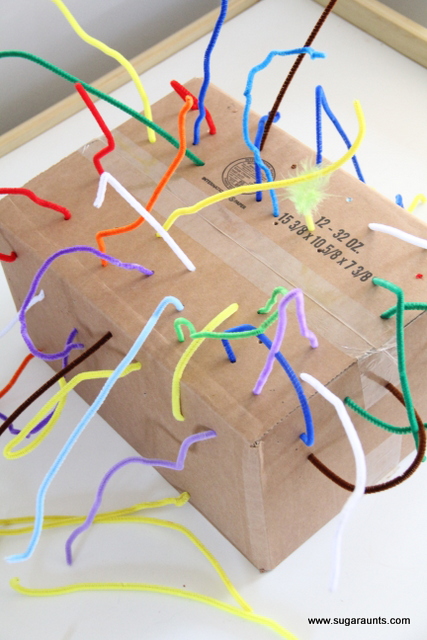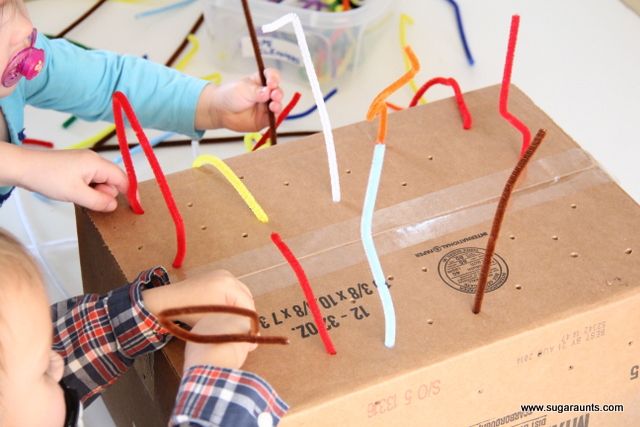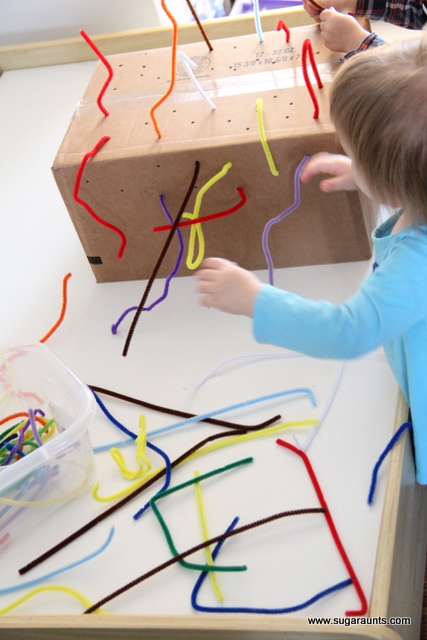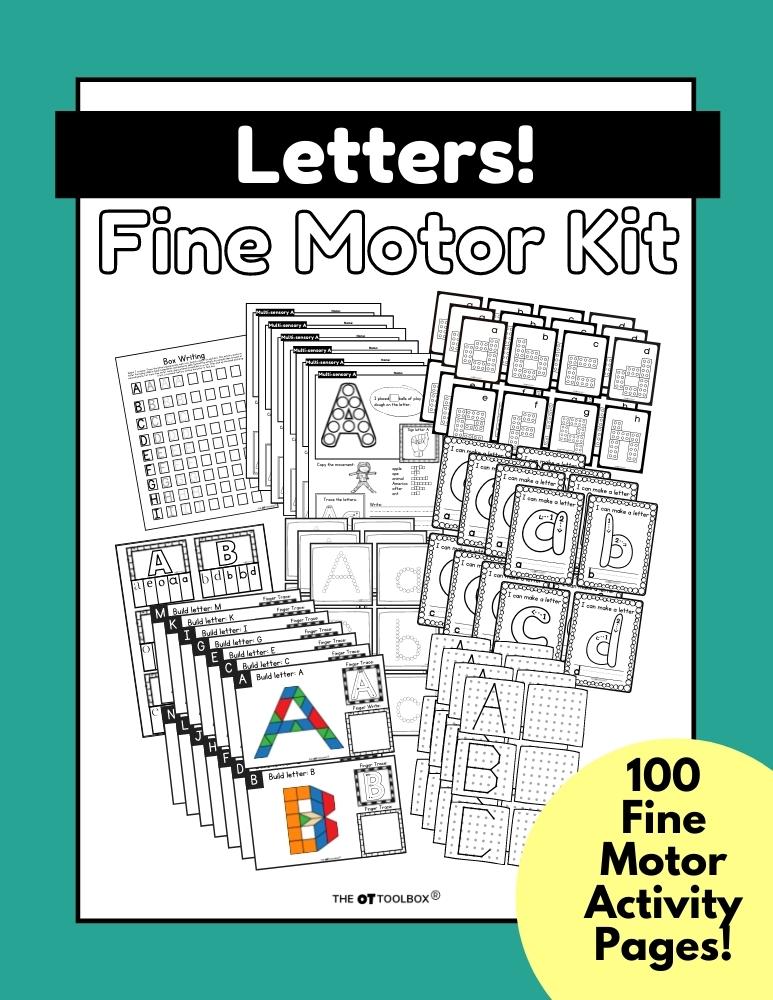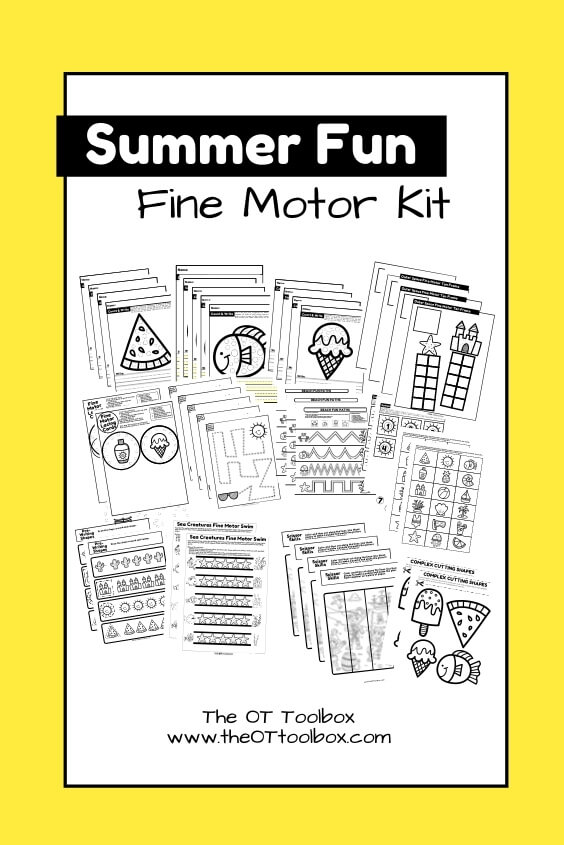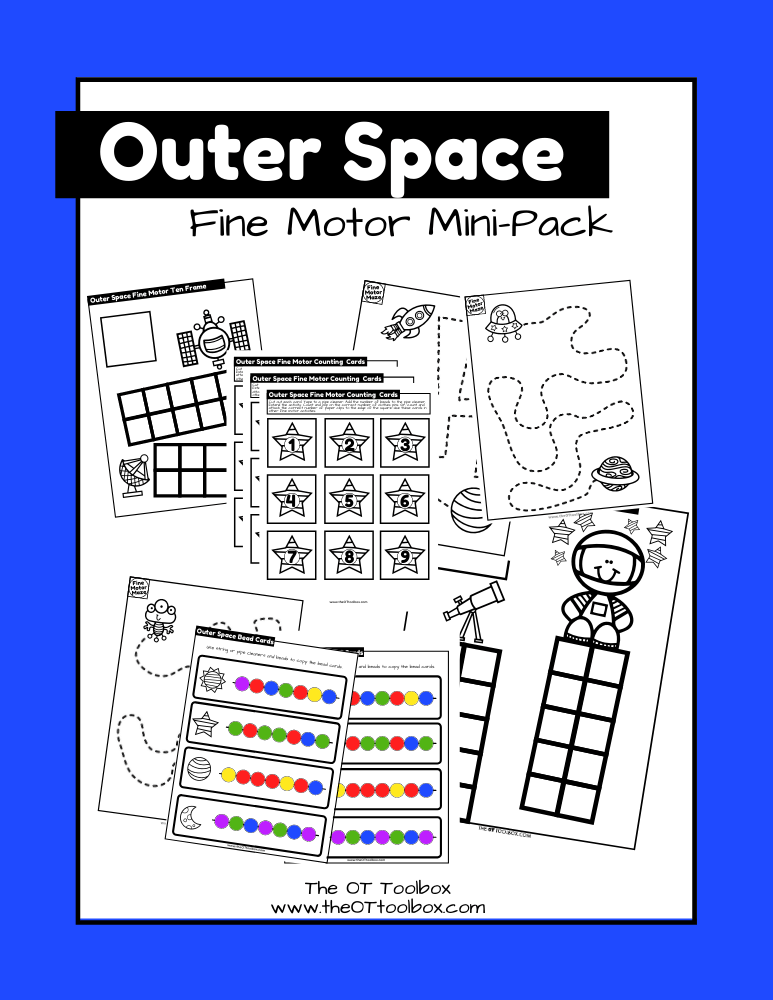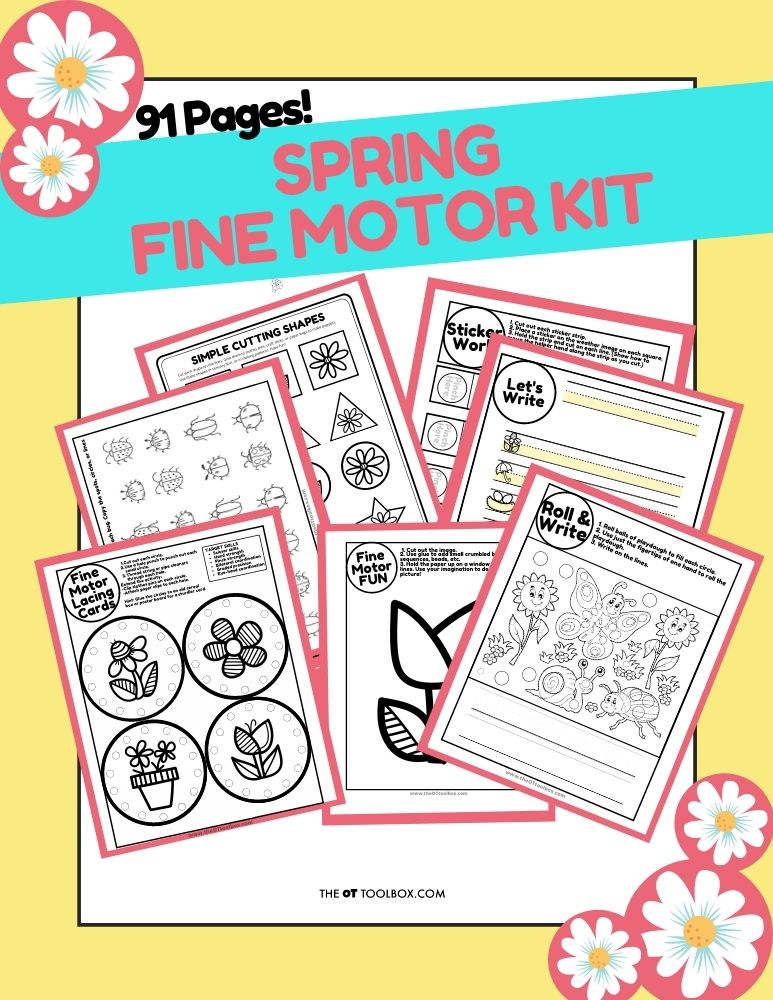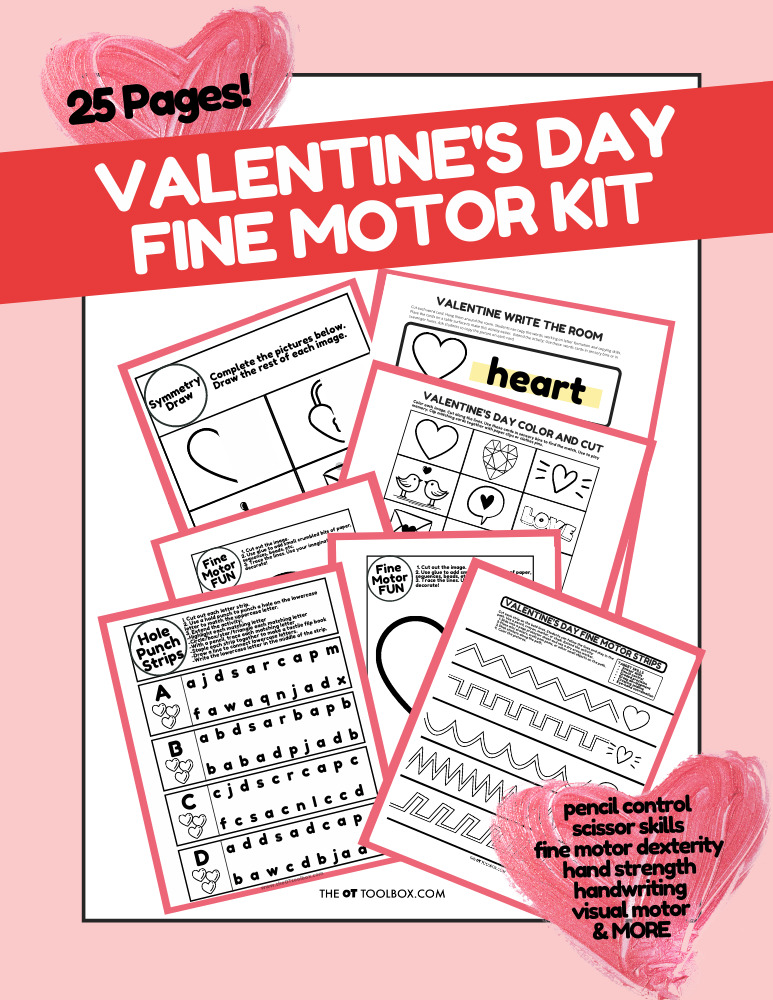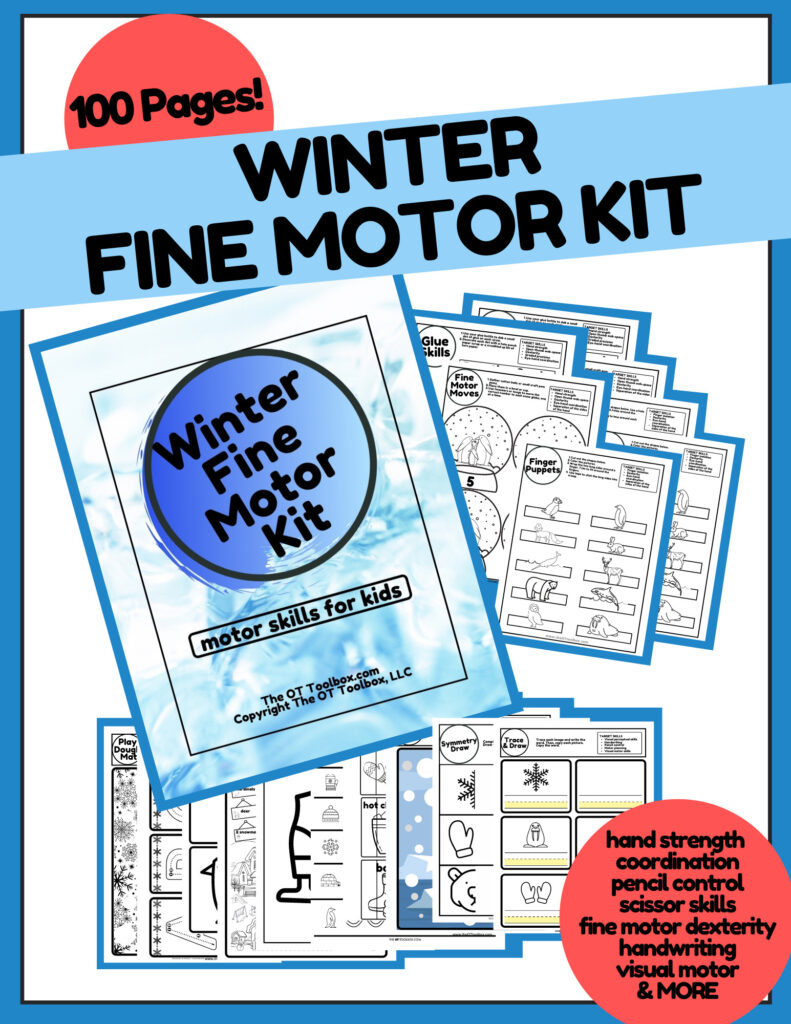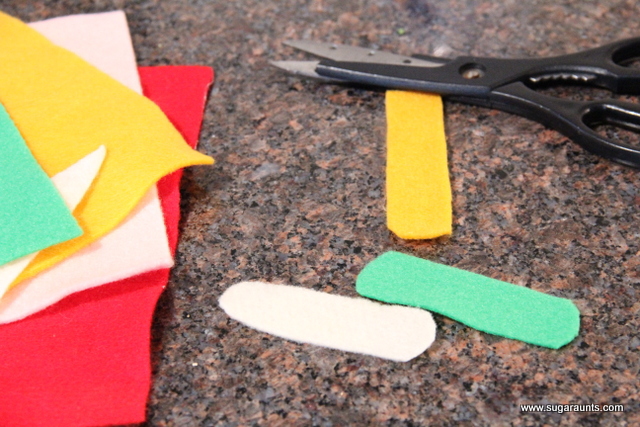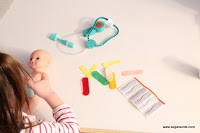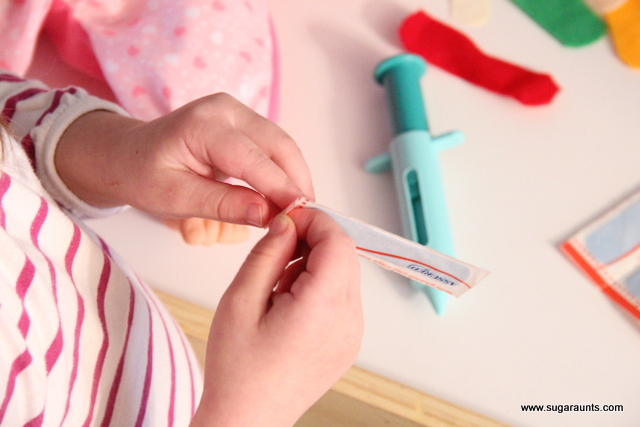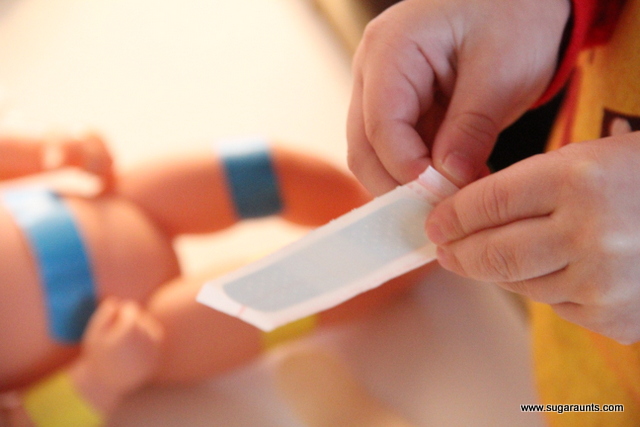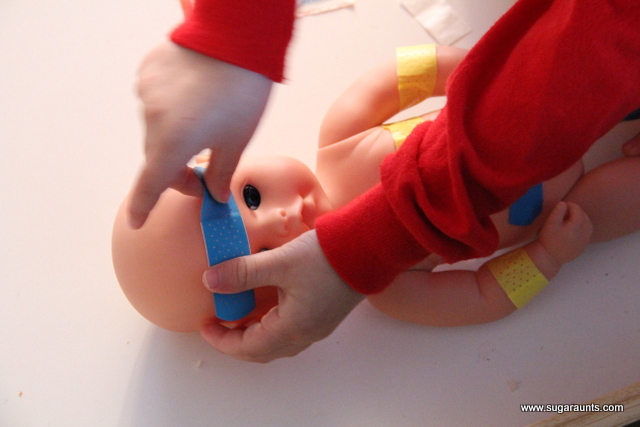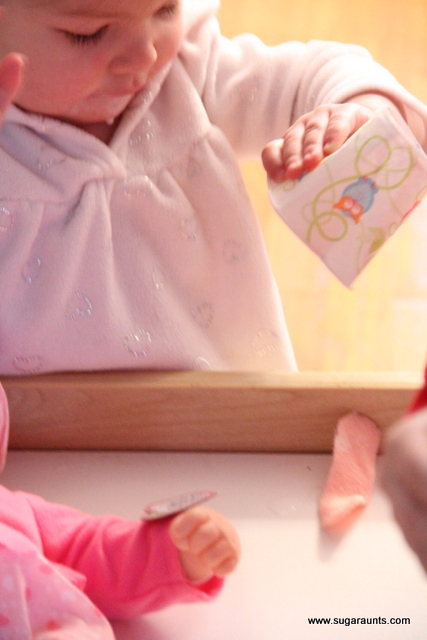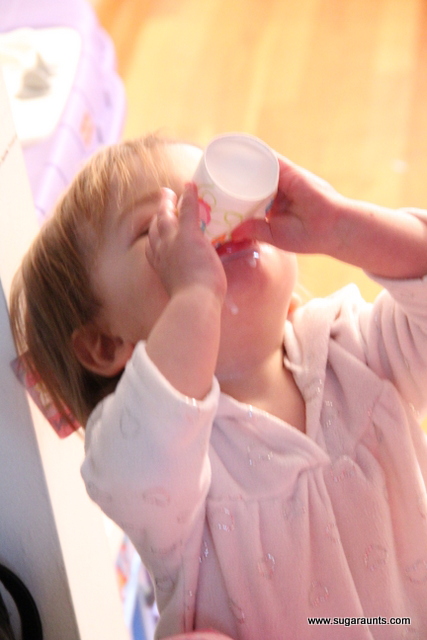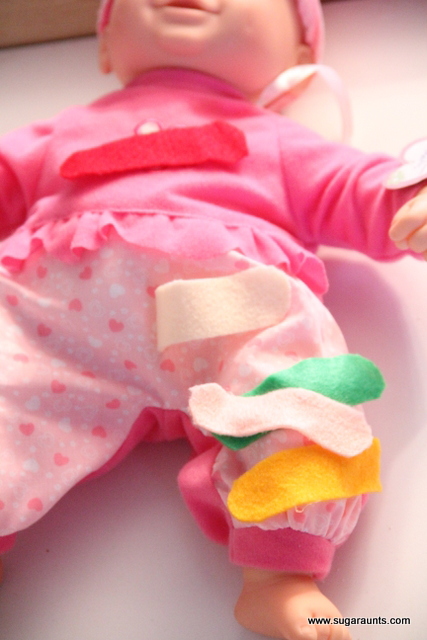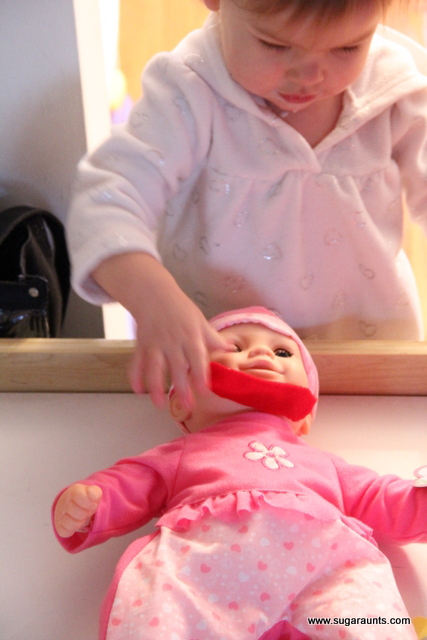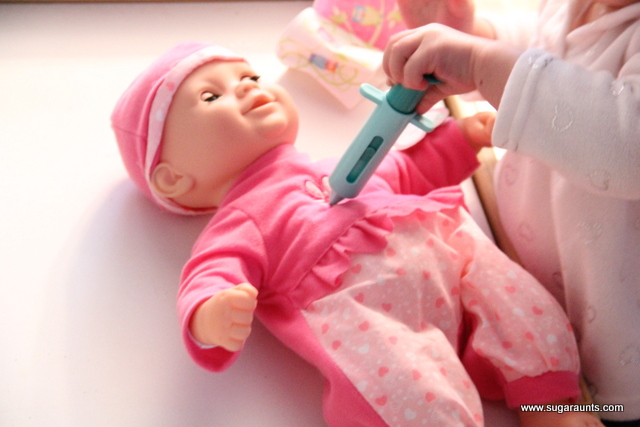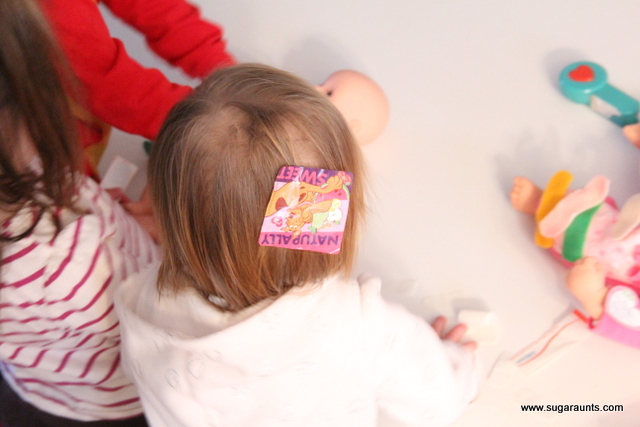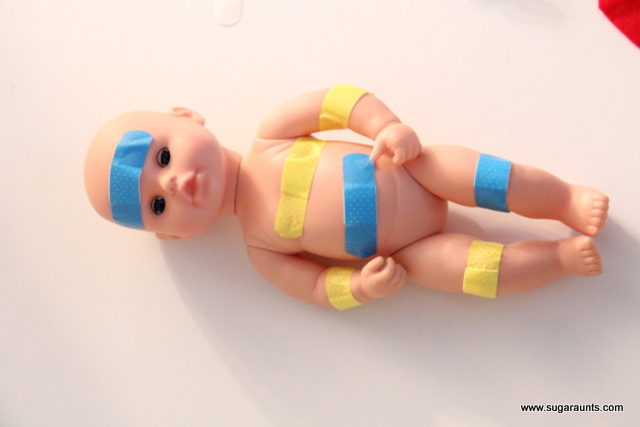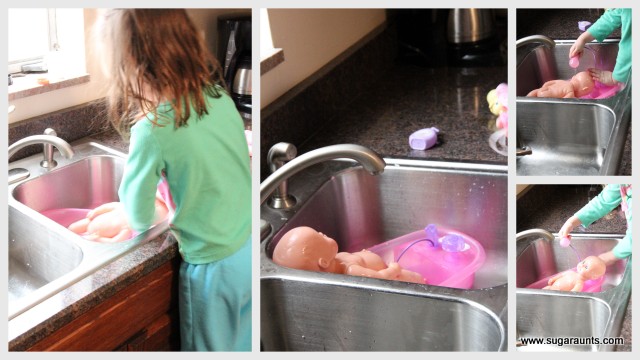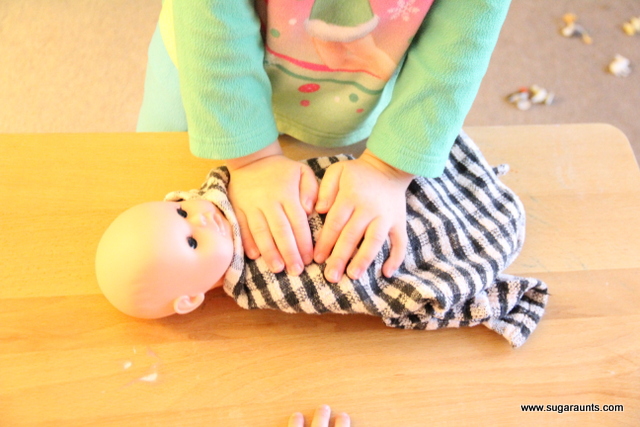Have you ever noticed that small children eat meals with recklessness? Bits of food covers the face, cheeks, hands, lap, floor, belly, and even hair. Part of it is learning to use utensils and manage food on the fork or spoon. But there’s more to messy eating too! Messy eating for a baby or toddler is actually a good thing, and completely normal part of child development. And, letting a small child get messy when they eat, and even playing with their food as they eat is OK!
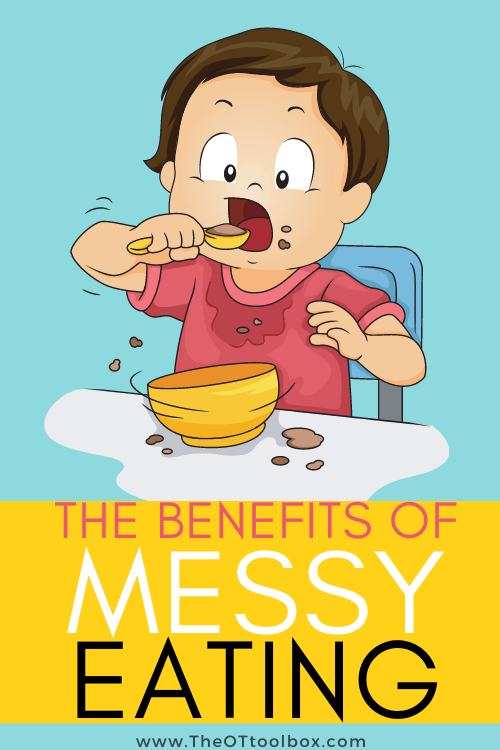
Messy eating
I’m sure that your mother never told you it was okay to play with your food at the dinner table, but I’m here to tell you otherwise. Playing with food is not only okay, it is vital to development of self feeding skills and positive engagement with food. When young children play with their food they are engaging in a rich, exploratory sensory experience that helps them develop knowledge of texture, taste, smell, changing visual presentation of foods and oral motor development.
When play with food is discouraged it can lead to food texture issues, picky eating, oral motor delays and increased hesitancy with trying new foods later on.
Eating with hands- Messy benefits
When solid foods are introduced to baby, it is often a VERY messy ordeal. There is food on the chair, the bib, the floor, you…everywhere but the baby’s mouth. Often times, parents may feel discouraged or don’t like the mess that is the result, but it is OK. In fact, the messier the better.
Exploring food textures with the hands provides tactile experience to the hands, palm, and individual fingers. Are foods sticky, chunky, goopy, or gooey? All of that exposure to the hands is filed away as exposure to textures.
Picking up and manipulating foods offers fine motor benefits, too. Picking up and manipulating bits of food offers repetition in pincer grasp, graded precision, grasp and release, eye-hand coordination, bilateral coordination, crossing midline, and proprioceptive feedback. All of this is likely presented in a baby seat or high chair that offers support and stability through the trunk and core. When that support is offered to babies and toddlers, they can then work on the distal coordination and dexterity. At first, manipulation of food is very messy as those refined skills are developed, but it’s all “on-the-job training” with tasty benefits!
Research shows that a child moves through a series of exploratory steps before successfully eating new foods. This process involves messy play from the hands, up the arms, onto the head and then into the mouth. The steps of this process cannot happen unless the child is encouraged to touch, examine and play with their food. In today’s culture of sterilization and cleanliness, this often counterintuitive to parents and a hard pattern to break.
Promoting Play with Food
Mealtimes can be rushed affairs, making it hard to play with food, but they are not the only times we engage with food throughout the day.
Cooking and meal prep are two of the most common opportunities for play and engagement with food. These activities present perfect opportunities for parents to talk about color, size, shape, texture, smell and taste of the foods that are being prepared. Use of descriptive words,
over exaggeration when talking about and tasting foods, along exploration opportunities develop a positive interest in foods.
Babies can be involved in kitchen prep as they play with appropriate utensils and kitchen items like baby-safe bowls or pots. Toddlers enjoy being involved in the food preparations and can wash, prep, and even chop soft foods with toddler-safe kitchen tools.
Explore these cooking with kids recipes to get small children involved in all the benefits of the kitchen.
Here are more baby play ideas that promote development.
Food Art
Free play with foods like yogurt, jello and applesauce are also great opportunities to promote messy play and creativity. Utilize these foods for finger painting, or painting with other foods as the brushes. This activity challenges tactile and smell regulation, along with constant changes in
the visual presentation of the food.
Creativity with Food
When presented with food for free play, or at the dinner table encourage their creativity–carrot sticks become cars or paint brushes, and raisins become ants on a log.
The sillier the presentation, and more engaged the child becomes, the more likely they are to eat the foods you have presented to them. Especially, if these foods are new, or are non-preferred foods. High levels of over exaggeration also leads to increased positive experiences with foods, which in turn leads to happier eaters, and less stressful mealtimes
down the road.
Ideas like these flower snacks promote healthy eating and can prompt a child to explore new textures or tastes in a fun, themed creative food set-up.
Messy Eating and Oral Motor Development
Not only does play promote increased sensory regulation and positive engagement with foods, it also promotes oral motor skill development.
Oral motor skill development is promoted when a variety of foods are presented and the mastered skills are challenged.
Here is more information on oral motor problems and feeding issues that are often concerns for parents. The question of feeding concerns and picky eating being a sensory issue or oral motor motor concern comes up frequently.
Foods that are long and stick like such as carrots, celery and bell peppers, promote integration of the gag reflex, along with development of the transverse tongue reflex that later supports tongue lateralization for bolus management.
Foods such as peas, or grapes promote oral awareness and regulation for foods that “pop” when bitten, and abilities to manage multiple textures at one time.
Messy Eating and Positive Mealtimes
Whether you have a picky eater, or are just trying to make mealtimes fun, play is the way to go!
Play with food is critical to development of oral motor skills and sensory regulation needed to support positive meal times. Through the use of creative play, exposure, and over exaggeration these milestones can be achieved.
Although the goal is for your child to eat new foods there are many steps we need to conquer before getting there. Don’t worry, these can be fun and stress free!
Let me ask you a question. If you were presented with a new food, something so new and anxiety provoking that you don’t want it near you and you definitely don’t want to touch it; do you think you would want it anywhere near your mouth? About in your mouth? Even more, how about swallowing it? The answer for most would be NO WAY!
Well, we can’t expect the same from our kids. If they don’t want to look at or touch a food, they most definitely will not want to eat it! So before getting kids to put new foods near or in their mouth, we need to take several steps back and learn how to interact with it. This is where the fun can come in!
This week we are going to experiment with various ways of play or interacting with foods. Remember, the goal in not to eat it. The goal is simply to interact with it and hopefully to start getting messy with it! Let’s kid you child comfortable with touching food and have fun doing it. This will not only get them a few steps closer to eating it, but it will also build positive associations with the food and also make them more comfortable with various aspects of it. This can include the color, texture, shape, smell, etc. The more foods we play with, the more of these they are feeling comfortable with. So in short, let’s start our food journey with our hands and our eyes by getting messy!

